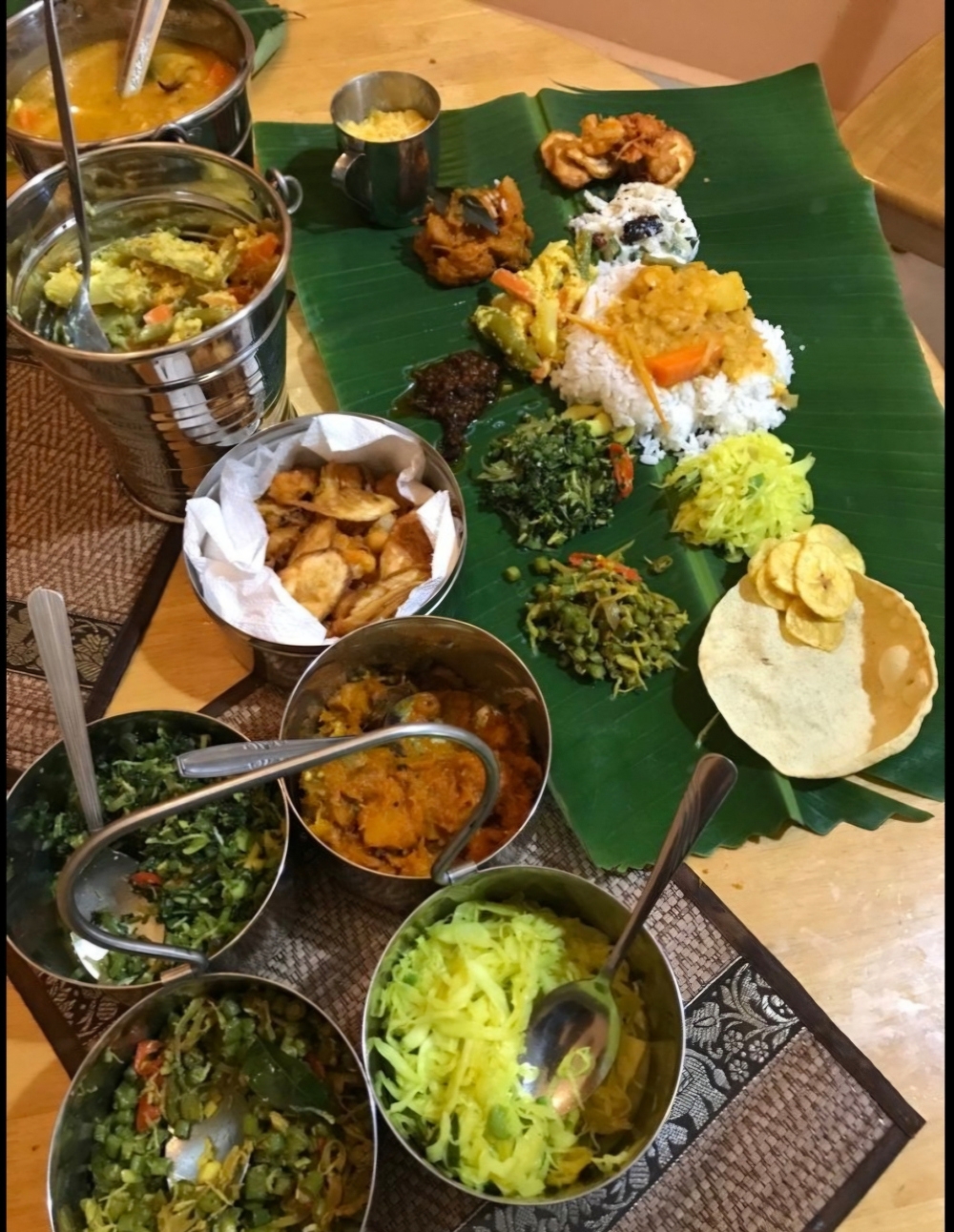KUALA LUMPUR, Sept 15 — The Malayalee community, the second-largest Indian ethnic group in Malaysia after the Tamils, is marking the annual Onam festival today.
Originating from Kerala, a coastal state in south-western India, Onam is closely tied to the rice harvest season. It is observed during Chingam, the first month of the Malayalam calendar, which typically falls between August and September.
In Kerala, Onam is celebrated for 10 days, culminating on Thiruvonam, the most important day. However, in Malaysia, Malayalee families typically grandly celebrate the festival on Thiruvonam day alone.
The festival commemorates the return of the mythical King Mahabali, whose reign is believed to have been one of prosperity and happiness in Kerala. It's said that he visits his people during Onam.
One of the most vibrant traditions of Onam is creating pookalams, intricate floral designs, in front of homes to welcome King Mahabali.
The grand vegetarian feast, called Onam Sadya, is a highlight of the celebration, consisting of a variety of dishes served on banana leaves.
Traditional dance forms like Kathakali and Thiruvathira are performed, along with boat races, tiger dances, and folk songs, showcasing Kerala’s rich cultural heritage.
While primarily a Kerala festival, Onam is celebrated by Malayalees across the world, including in Malaysia, with cultural gatherings and feasts.
What do people do on Onam?
In Kerala, the 10-day festivities are celebrated with different events on each day, including the pulikali (a folk art where people paint their body like a tiger and dance to drum beats) and the vallamkali (snake boat race) and martial art performances.
In Malaysia, Malayalee families decorate their house entrance with a pookalam — a floral display similar to rangolis drawn in Tamil households during auspicious occasions.
The women are generally dressed in white kasavu sarees with gold borders while the men wear the traditional mundu tied around their waist, similar to dhoti.
And, they literally feast like a king!
The hallmark of Onam is a grand banana leaf spread called Onam Sadhya, which can consist of between 10 to over 25 traditional vegetarian cuisines served with rice.
Some also believe the sadhya — which means a banquet in the Malayalam language — is prepared to reflect the prosperity during Mahabali’s reign.
Usually, the rice is served with lentils and ghee first, followed by the other dishes. The order of serving each cuisine, however, can also differ according to different regions.

Some of the main cuisines in Onam Sadhya include:
• kaaya varuthatha (banana chips)
• sarkara upperi (banana chips with jaggery coating)
• pulinji (a tamarind-based ginger preparation)
• kichadi (gourd in a yoghurt curry)
• avial (coconut-based stew with a mixture of vegetables like beans and carrots)
• thoran (vegetable stir-fry with coconut)
• sambar
• rasam
• buttermilk
The Onam Sadhya is usually concluded on a sweet note with paal payasam — a creamy pudding of milk and rice.



















